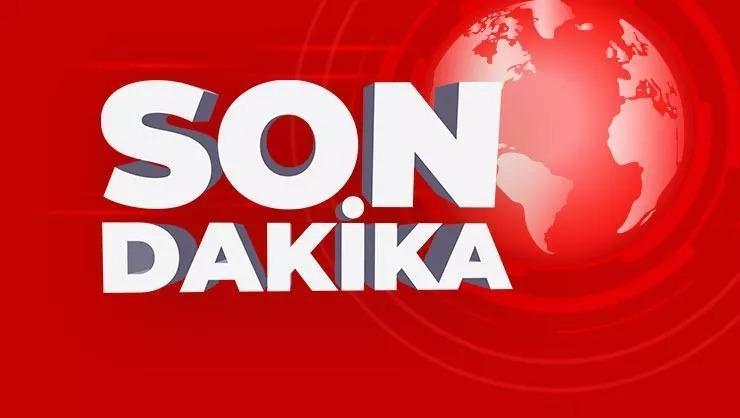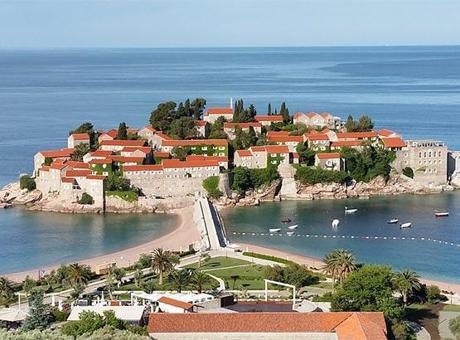The 20 Best Wii Games of all time, Ranked
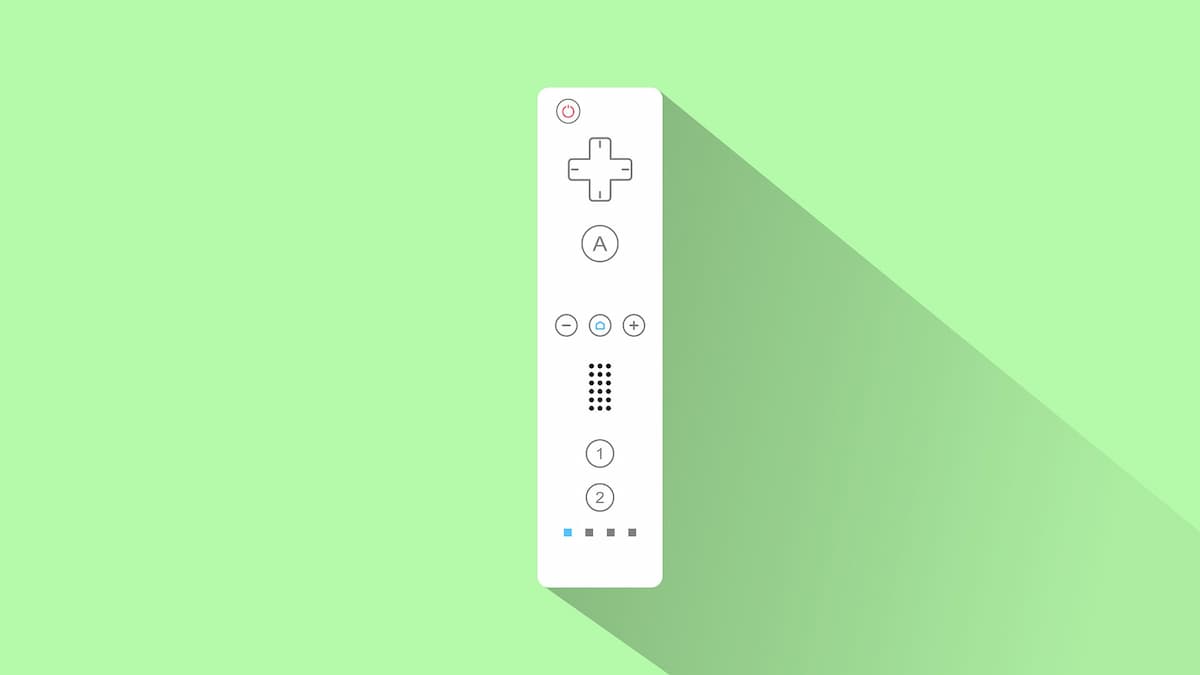
The Nintendo Wii was gaming’s greatest magic trick.
Back in 2006, the Wii felt like the next frontier of gaming. Swinging your arm to throw a bowling ball was so immersive that people broke their TVs without even thinking about it. Yet as the console aged, the luster of motion controls faded. What started with “can you imagine playing Smash Bros with the Wii remote?” quickly turned into “please do not give me the Wii remote to play Smash Bros.”
Still, the games that understood the benefits and limitations of the system were unforgettable. The Wii has some experiences you still can’t get anywhere else, despite the rise of virtual reality. Even the system’s background music fills the Wii to the brim with personality. As usual, distilling a system’s years-long legacy into 20 games is virtually impossible. Super Paper Mario, Bit Trip Complete, Madworld, and Excitebots deserve honorable mentions, among many others. With that said, let’s dive into ten games that cement the Wii’s place in history.
[Zoey's 2025 Update: Timothy did a great job listing out the top 20 games, and I agree with pretty much none of the selections. So, in an effort to expand this list, I'm going to leave his top 10 untouched and then tack the games I think should be on it in rankings 11-20. After all, I rank my own opinion below essentially everyone else's. If you find my self-esteem, let it know that I'm sorry and I want it to come home.]

20: WarioLand Shake-It (2008)
In 2008, the modern indie market was just about to hit the gas, but previous to that, console side-scrollers were in a recession. 2D games were generally relegated to handheld. Not that they were gone entirely, and they’d soon come roaring back, but in that lull was WarioLand Shake It.
It’s maybe not quite as fun and off-the-wall as Wario Land 4, but Shake-It makes up for it with its lavish art and animation. Good-Feel went all out with traditionally animated cutscenes and 2D graphics that look just as detailed. There have been plenty of other side-scrollers that have reached for its splendor, but I don’t feel any have nailed it quite as well as this one.

19: Sin & Punishment: Star Successor (2009)
It’s hard to believe Sin & Punishment: Star Successor even happened. The original never got released outside of Japan, and even in its home country, it did not sell well at all. A sequel didn’t sound like it would be a good fit for the family-friendly image that Nintendo was trying to cultivate. And yet, somehow, it was greenlit. I’m not sure sales went super well the second time around, either.
Sin & Punishment: Star Successor is a surreal on-rails shooter that takes you through the desolate remains of an alternate Earth. I could try to describe the narrative further, but I probably couldn’t because it’s a total madhouse. It’s the fact that it is so outlandish and ungrounded that I like least about the game, but it’s hard to dispute that its action is top-notch.

18: Donkey Kong Country Returns (2010)
Retro Games' revival of Rare’s classic platforming series lived up to the standards of quality that the Metroid Prime studio was known for. While much of it builds off what was set down by Rare, Retro left its mark by tweaking the movement and partner systems, making the gameplay more dynamic, and filling it with some outstanding set-piece moments.
This would be a lot higher on the list if it wasn’t for how motion control is integrated. To roll, a maneuver required for long, precise jumps, was bound to a shake of the controller, even though a button press was feasible and would have been better. It wasn’t optional. You couldn’t plug in a classic controller or pick a different control scheme. You had to rely on the imprecise motion sensor or the Wiimote for precise platforming, and it sucked so hard that I’m complaining about it on a top games list. The rest of the experience is great, so thank goodness it was ported to the 3DS and is now landing on the Switch.

17: Boom Blox (2008)
Party games on Wii were a dime a dozen, and the decent ones were quickly drowned out by all the extremely low-effort bargain trash that quickly flooded (and perhaps torpedoed) the console’s library. Boom Blox was an interesting one because it had a singular central concept and apparently involved Steven Spielberg. Saying a game “involved” Steven Spielberg is kind of funny since the guy basically founded Dreamworks Interactive and was partially responsible for Medal of Honor, but anyway.
Boom Blox was essentially Jenga for arsonists. It takes a similar precise deconstruction concept and adds explosions. Surprisingly, the physics engine is up to the task, and while there’s some motion control wonkiness, it’s an enjoyable game. It was one of the favorites my family would break out when we got together, and it’s one of those concepts that feel like it would be alien on any platform aside from the Wii.

16: Punch-Out (2009)
It’s impossible to make a real follow-up to Punch-Out, so Next Level Games just remade it instead. Kind of. Simply called Punch-Out, it mashes together Punch-Out and Super Punch-Out. But, mostly, it’s the same as the NES game, which was already perfect.
However, perhaps surprisingly, replicating the timing and feel of Punch-Out is no easy feat. I’ve seen a few indies attempt it, and none quite manage to nail it. But, despite transitioning to full 3D graphics, the new Punch-Out feels just as good as its 8-bit progenitor. To make the update more worthwhile, Next Level dressed it up with some of the best art and animation to ever grace a semi-offensive stereotype. It’s just too bad that this 2009 game is the last time we’ve seen a new game from the franchise.

15: Rhythm Heaven Fever (2011)
The Rhythm Heaven series is like WarioWare for someone who has funk. You play a series of mini-games that are all largely different, but they all have rhythm in common, getting more and more complicated as you go (big guy). Rhythm Heaven Fever is hilarious, surprising, and fun. Just don’t be too mad when you get one of its infectious songs indelibly embedded in your ears.

14: Silent Hill Shattered Memories (2009)
There was a lot of negativity around the Silent Hill series following the closure of Team Silent in 2007 and the tepid reception to Silent Hill: Homecoming and Silent Hill: Origins. Heck, Climax Studios and most of the staff were responsible for Shattered Memories. However, lessons were clearly learned because Shattered Memories breaks from the pack by presenting something completely different while still drawing from its source material.
Shattered Memories is closer to a walking sim than it is to any of the Silent Hill games that came before. It’s a divergent retelling of the first game, following Harry Mason as he wanders the eponymous locale in search of his missing daughter. That’s largely where the plot similarities end.
While Shattered Memories is its distinct concept, it manages to be a haunting ride with a potent hidden payload. Its psychological elements are pretty overblown, but how it changes and reacts to your decisions keeps things fresh for multiple playthroughs. Strangely, all these years later, it’s still an experience that can’t be found anywhere else.

13: Xenoblade Chronicles (2010)
Xenoblade Chronicles had a memorably fraught journey to North America. Despite getting released in Europe, Nintendo of America gave every indication possible that it wouldn’t release it over here. This resulted in Operation Rainfall, a fan campaign that involved a variety of tactics, including emails, physical mail, and journalistic coverage, to get not just Xenoblade Chronicles but also Last Story and Pandora’s Tower localized. It worked, although NOA refused to acknowledge that it’s what led to their eventual decision. Also, XSEED had to step up for the latter couple of games, but I digress.
I picked up Xenoblade Chronicles at release, and it was one of the grandest games I’ve ever seen. Landscapes seemed to stretch on forever. Who could forget climbing to the Bionis’ Leg (Thigh) and looking over the grassy plains? It was hard to believe it was on hardware that lagged behind the other consoles of the generation in horsepower (though, not that hard). Thankfully, it wasn’t the last time we saw the series, as it helped kick off a new era for Monolith Soft as a powerhouse developer under Nintendo.

12: Mario Strikers Charged (2007)
The original Mario Strikers on GameCube was fine. It did what it was supposed to: presented a version of soccer played by Mario and associates. But do you know what it was missing? Violence.
Not that Super Mario Strikers was a completely clean version of soccer, but Mario Strikers Charged dials that up. There is so much pain on display in every match that it’s absurd. The walls surrounding the field (if there are any) are electrified, there’s a windy stage where cows fly across the stage, and if you get a mushroom, you can step on people. This makes for some hilarious replays as beloved characters get pushed into the mud.
Mario Strikers Charged is fast, challenging, and intense. I’m happy to see the series continue with Battle League, but the loss of distinct teammates really dampens things.

11: No More Heroes (2007)
Had I written the initial list, this would have been my top pick. I was enamored by Killer7 when it was released on GameCube, and Suda51’s next game looked like it would follow the same style. It absolutely didn’t. No More Heroes is very much its own thing, and in many ways, I love it more because of that.
It has a similar pretense involving a collection of world-class assassins, but taking out priority targets for paying customers isn’t the central premise. Assassination is only a side gig for the disgustingly lecherous but very relatable loser Travis Touchdown: the real goal is to climb the ranks of the UAA’s list of top assassins by killing them from the bottom up. What follows is a series of levels that drunkenly staggers around unpredictable encounters with bizarre characters, all anchored in place by a depiction of Travis’ otherwise mundane life.
By my measurement, it was one of the games that made the best use of Nintendo’s strange control setup. The motion control works as a supplement to its hack-and-slash combat, having you lift the controller to change stances, swing in different directions to perform a catalog of suplexes, and work it like you’re jerkin’ it to recharge your laser sword. It’s a game I return to frequently, and I feel it might be time for yet another playthrough.
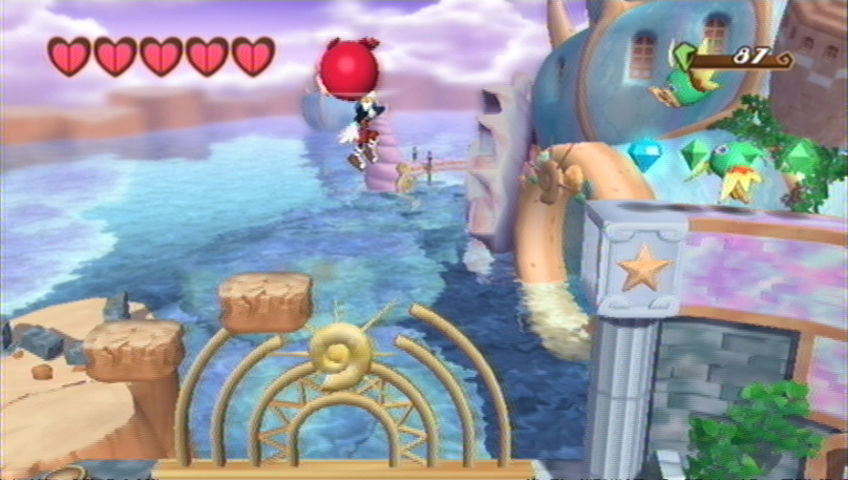
10: Klonoa (2008)
If you’ve been following me on Destructoid, you know I love Klonoa. While I can’t in good conscience rank the Wii remake of Klonoa: Door to Phantomile higher than this, I can’t in good conscience omit it either.
Even if some of it is misguided, you can tell a lot of love went into this remake. The visuals are fantastic, the controls are tight, and the level design is faithful to the PlayStation original. Wii Klonoa also offers a few features you can’t find in Phantasy Reverie Series, such as maddening extra challenges and a full English voiceover (which, admittedly, pales in comparison to the Phantomilian voice acting). It’s a game that deserved to sell more than the ten copies that it did, especially considering I was responsible for nine of those.

9: WarioWare: Smooth Moves (2006)
WarioWare Smooth Moves does what the Wii was always meant to do: make you look silly in front of your friends.
Sure, this is not a deep game, but it’s an experience you just won’t get on other consoles. The humor here is iconic to the point that even the tutorials are hilarious. The presentation is pure WarioWare, with visuals that walk the fine line between clean and crass. And the minigames… I mean, it has the dancing game. If you never coaxed your friends into playing this for your amusement, I am sorry.
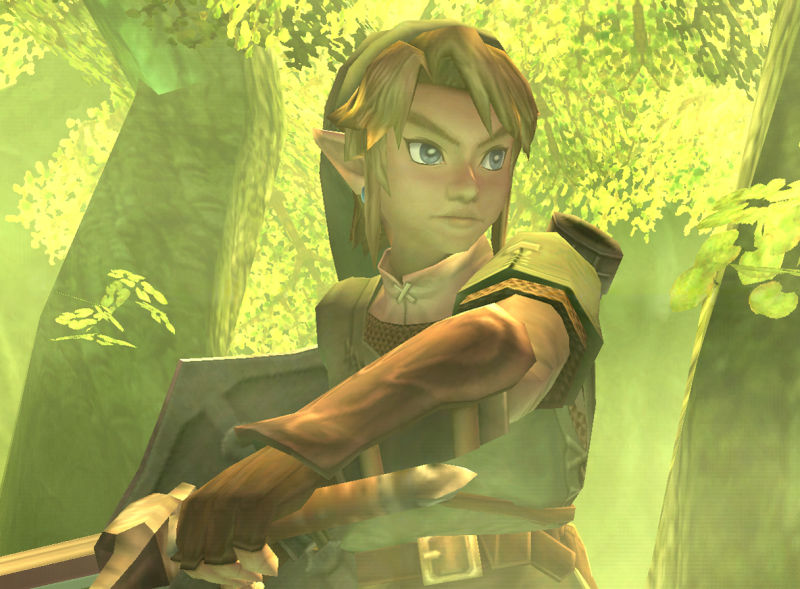
8: The Legend of Zelda: Twilight Princess (2006)
Twilight Princess might not be the best Zelda game, but it was a heck of a launch title.
You can tell this is a GameCube title at its core, but just enough motion controls were added to sell the Wii’s features without detracting from the experience. I wouldn’t necessarily return to this version of Twilight Princess because, let’s face it, pressing a button to swing a sword is better than waggling the remote. Still, this was a valiant effort to capture Nintendo’s core fanbase before the Wii found its footing with the casual crowd.
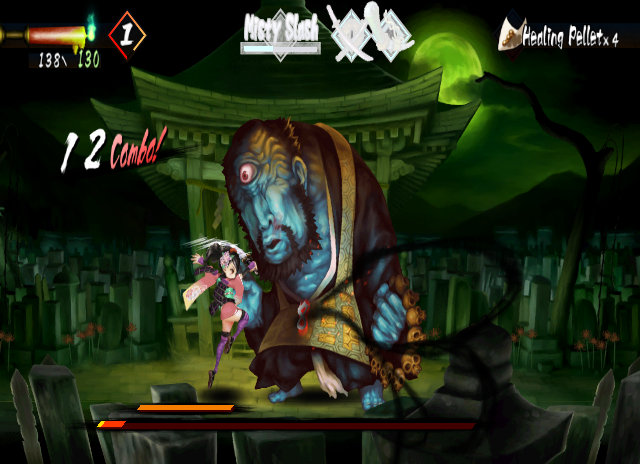
7: Muramasa: The Demon Blade (2009)
Speaking of core gamers, we were a sorry bunch if we didn’t have a PS3 or Xbox 360 by the seventh console generation's midpoint. Sure, Nintendo’s offerings were fantastic, but we were so desperate for quality 3rd party titles that games like Deadly Creatures and Opoona generated hype on message boards. Every trickle of quality we got was special, which makes games like Muramasa: The Demon Blade stand out much more.
The Wii couldn’t compete with the 3D visuals of the competition, but the 2D art here sang on the Wii. While this lacks the exploration of a proper a Metroidvania, it more than makes up for that with flashy and fun hack-and-slash gameplay. This is not a perfect game, but its place in the Wii library makes it just as iconic as Vanillaware’s other titles.
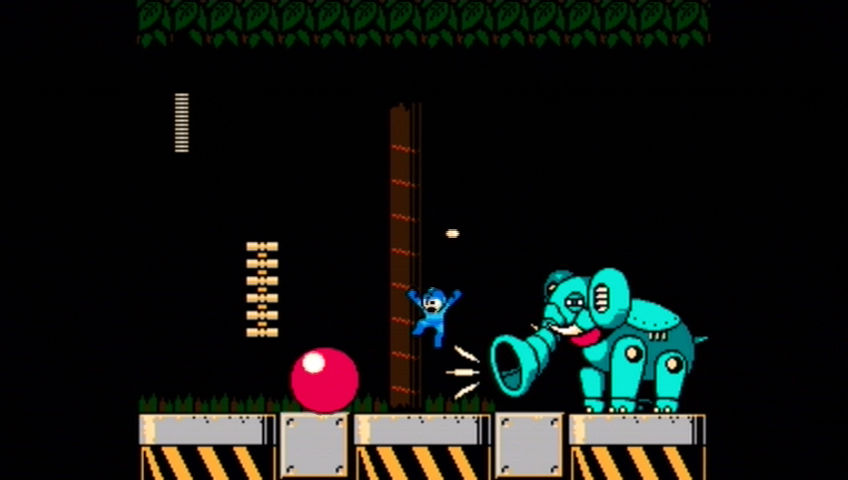
6: Mega Man 9 (2008)
I can’t properly convey how exciting Mega Man 9 was when it was announced. As the game that arguably inspired several retro revivals of this era, Mega Man 9 came out the gate swinging. Between the faithful presentation, the creative achievements, and arguably the best weapon set in the series, this wasn’t just any Mega Man. This was peak classic Mega Man.
Even if this is a multiplatform release, it just feels right playing this on the Wii. Flipping the Wii Remote on its side like an NES controller really drove home the feeling that this was a new NES game and not just an homage. Even the native lack of HDMI support added to the authenticity. Mega Man 9 is good no matter where you play it, but this version is as authentic as it gets without porting it wholesale to the NES.

5: Metroid Prime Trilogy (2009)
This is almost unfair to include, yet at the same time, holy moly, what a value this package was.
Not only did you get Metroid Prime 3 while it was still being sold individually, but you also had its two iconic predecessors included with revamped controls to boot. Describing all three Metroid Prime games would fill an article on its own, so just know that Metroid Prime Trilogy remains the best way to play this series to this day.

4: Super Smash Bros Brawl (2008)
Super Smash Bros Brawl is far and away the most infamous entry in the series. At the same time, that’s like saying the Lighthouse of Alexandria is your least favorite wonder of the world.
Brawl is a fantastic game on its own merits. If nothing else, Subspace Emissary makes Brawl worth revisiting to this day. While I admit this single-player campaign is a bit of a mess, it is the best kind of mess. I love the elaborate story cutscenes that play out like a vast amalgamation of fanfiction mashed together. I love the surreal mashup of iconic Nintendo enemies and the lifeless grunts with their weird red eyes. The boss battles are genuinely exciting, too, which absolutely paved the way for the single-player challenges in Super Smash Bros Ultimate.
Plus, if I’m being honest, playing multiplayer in Brawl is still a good time. If you lacked access to any other version of Smash Bros for some reason, this one still does the trick.

3: Resident Evil 4: Wii Edition (2007)
There’s no need to describe Resident Evil 4. It’s considered one of the best games of all time, and I love every minute of this campy horror adventure. Yet for all the rereleases and remasters this game has received, Wii Edition remains one of the best.
Resident Evil 4 Wii Edition comes packed with the content added to the PS2 version. More importantly, the Wii controls change everything about this game. While the slow pace of the series’ trademark tank controls remain, Wii Edition makes Leon aim like a champion. In fact, the motion controls feel much more natural here than in fast-paced modern games that support gyro aiming. It's so fun to get headshots and shoot projectiles out of the air that I don't even care if it's efficient; I just enjoy doing it.
Does this make the game substantially easier? Yes, very much yes. Yet, if I wanted to prove my hardcore gaming credentials, I’d beat Ninja Gaiden for the NES without using continues. This is a super fun way to play an all-time classic.

2: Super Mario Galaxy 1 & 2 (2007 & 2010)
Super Mario Galaxy and its sequel are two of the best Mario games of all time. In fact, even compared to the Switch version of Galaxy, these games play so naturally with the Wii Remote and Nunchuck. I’d say more here, but I already waxed poetic about these titles in my best Mario games list.
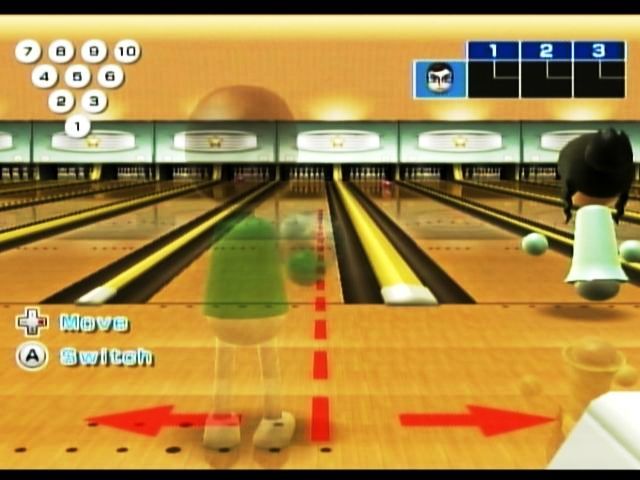
1: Wii Sports & Wii Sports Resort (2006 & 2009)
There are moments in life when everything feels perfect. Maybe it’s a birthday party where you’re surrounded by your closest friends. Or maybe it’s the first time you hold your crush’s hand. When I remember all my friends and family members excitedly gathered around the TV to play Wii Sports after the Wii launched, that’s the feeling I get.
If the Wii was gaming’s greatest magic trick, Wii Sports was the beautiful assistant. By offering basic yet familiar sports to play with your Wii Remote, we were sold the fantasy of immersive gaming. That might sound deceitful, but here’s the thing: magic shows are fun. You can reduce this game to the simplest motions possible, but embracing the illusion is way more fun. There are far deeper games than Wii Sports on this system, and Wii Sports Resort is technically the better game. Yet the simplicity and approachability of the original Wii Sports cannot be matched.
As you’re surely aware, the casual gaming market blew up shortly after the Wii’s release. The rise of smartphones gave non-gamers a platform to fit their needs with titles to match. Yet for this one moment in history, everyone from the hardest of core gamers to the most casual observers was side by side, all enthusiastic for Wii Sports. Maybe it's silly to rank a game so highly for its universal appeal, especially after I've ranked franchises by listening to my heart. Yet, in a world as chaotic and divisive as ours, a small moment of unity like playing Wii Sports fills me with peace. Even if it's harder to gather the family around for Wii Sports now than it was in 2006, I want to hold on to that memory for as long as I can.
The post The 20 Best Wii Games of all time, Ranked appeared first on Destructoid.
